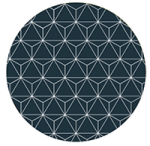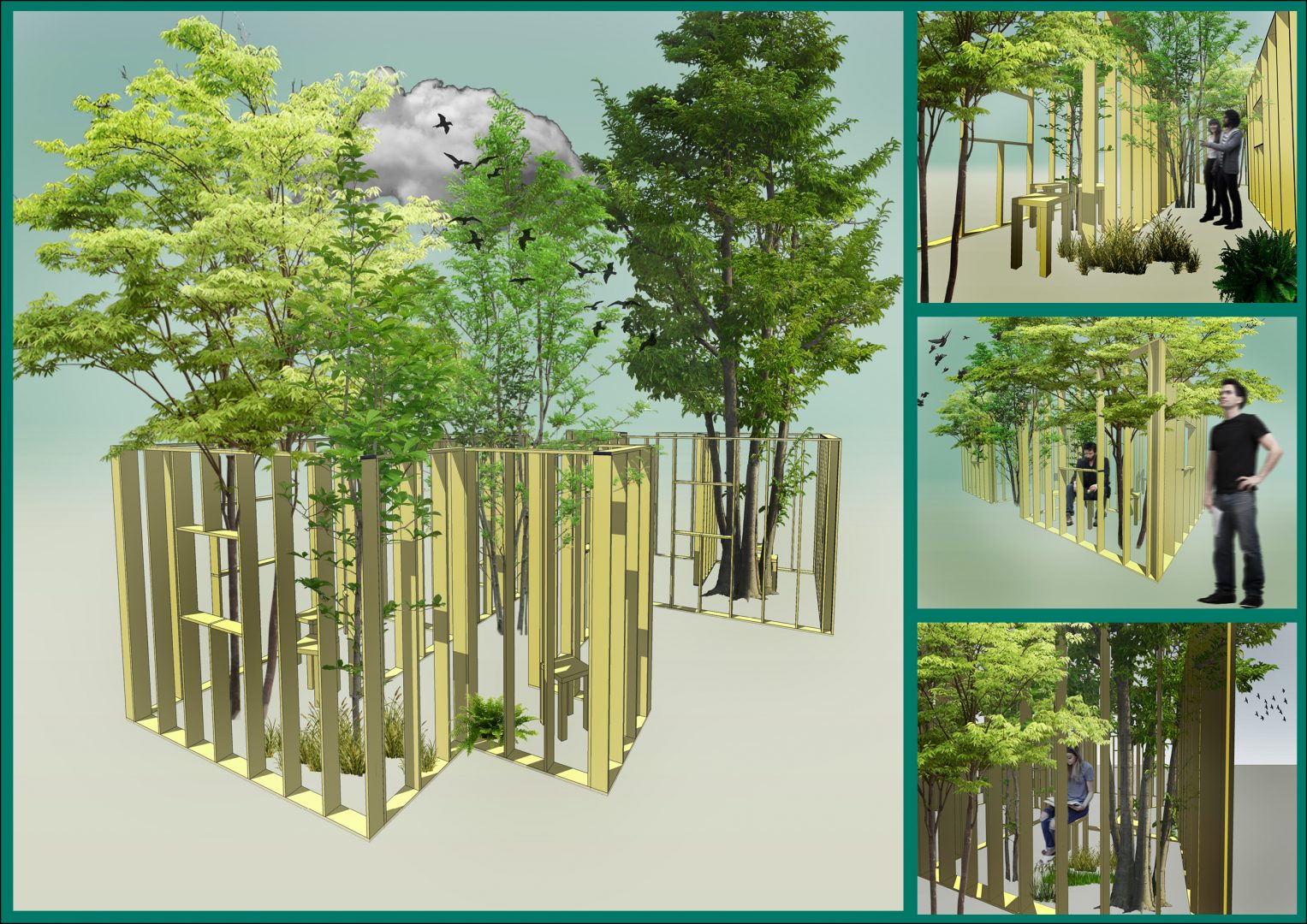Award 2021
Welcome to the Social Art Award 2021 – Online Gallery!
We are grateful for the many inspiring contributions from artists around the world. The selected works reflect a broad spectrum of contemporary social art practices and explore new relationships between humans, nature, and technology. They address themes such as ecological regeneration, climate justice, sustainable futures, social resilience, and more-than-human perspectives.
Below you will find the submissions from the Social Art Award 2021 – New Greening edition that passed the initial jury round. The Online Gallery offers public visibility to these works and encourages dialogue around their ideas and approaches; it does not replace the final jury decision.
Thank you to all artists for sharing your visionary and committed work. We invite you to explore the gallery and engage with the perspectives shaping New Greening.
Open House
Lorenzo Bordonaro
OPEN HOUSE is a site-specific installation that crosses the boundary of contemporary art and architecture, questioning the relationship between inside and outside spaces, between architecture and nature. It suggests the possibility of alternative practices of dwelling and living underwriting a more intimate, open, sustainable relationship between human beings and the natural environment. The installation consists of a small wood-framed house-like structure. The structure will not be covered with any coating. The construction is carried on in a forest, garden, wood, in dialogue and incorporating several trees and plants, adapting itself to the features of the landscape and the local flora. It will be built around the pre-existing natural elements without altering any aspect of the terrain or damaging any tree. Branches, bushes, and tree trunks will cross the framed structure, blurring the boundary between inside and outside and, metaphorically, between humans and nature. Because of its site-specific character and dialogical nature, the installation will be adapted to the actual features of the site: the images presented here show, therefore, the concept and outline and not the exact structure that will be built. The installation will allow visitors to experience a sense of ‘inside-ness,’ the protection of a shelter, but without any wall abruptly rejecting the communion with the outside. Benches will also let visitors sit, meet up, chat, contemplate. OPEN HOUSE will allow visitors to ‘dis-habit’ (as opposed to in-habit) – staying temporarily in an open structure in which the living element of the environments (branches, leaves, insects, birds, sun, wind, moist, rain) will not be cut-off but embodied. Flowers in spring will grow ‘inside,’ and leaves will fall through in autumn. The natural cycle of time will pass through this permeable dwelling. In OPEN HOUSE, the boundaries between inside and outside are constantly blurred and questioned: the elements of the forest will not be expunged but - by the contrary -incorporated.
OPEN HOUSE is a site-specific installation that crosses the boundary of contemporary art and architecture, questioning the relationship between inside and outside spaces, between architecture and nature. It suggests the possibility of alternative practices of dwelling and living underwriting a more intimate, open, sustainable relationship between human beings and the natural environment. The installation consists of a small wood-framed house-like structure. The structure will not be covered with any coating. The construction is carried on in a forest, garden, wood, in dialogue and incorporating several trees and plants, adapting itself to the features of the landscape and the local flora. It will be built around the pre-existing natural elements without altering any aspect of the terrain or damaging any tree. Branches, bushes, and tree trunks will cross the framed structure, blurring the boundary between inside and outside and, metaphorically, between humans and nature. Because of its site-specific character and dialogical nature, the installation will be adapted to the actual features of the site: the images presented here show, therefore, the concept and outline and not the exact structure that will be built. The installation will allow visitors to experience a sense of ‘inside-ness,’ the protection of a shelter, but without any wall abruptly rejecting the communion with the outside. Benches will also let visitors sit, meet up, chat, contemplate. OPEN HOUSE will allow visitors to ‘dis-habit’ (as opposed to in-habit) – staying temporarily in an open structure in which the living element of the environments (branches, leaves, insects, birds, sun, wind, moist, rain) will not be cut-off but embodied. Flowers in spring will grow ‘inside,’ and leaves will fall through in autumn. The natural cycle of time will pass through this permeable dwelling. In OPEN HOUSE, the boundaries between inside and outside are constantly blurred and questioned: the elements of the forest will not be expunged but - by the contrary -incorporated.



